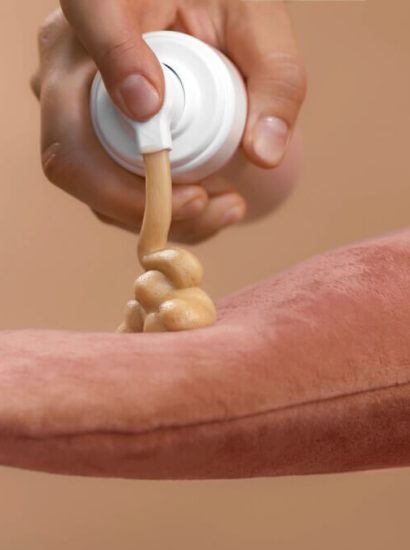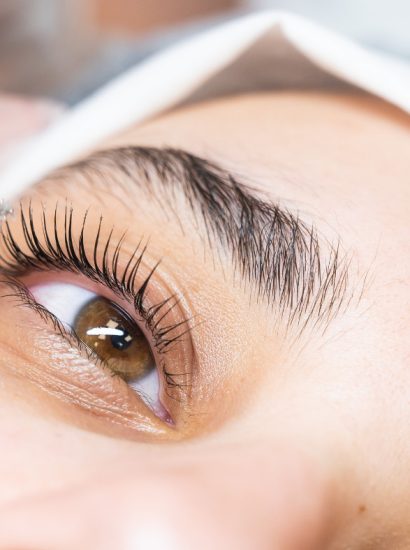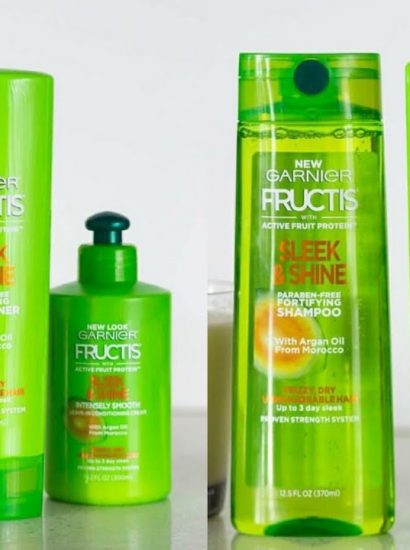In the ever-evolving world of skincare, one ingredient continues to stand the test of time: Vitamin E. Known for its powerful antioxidant properties and skin-healing abilities, Vitamin E has earned its place as a skincare essential. But what exactly makes it so effective? And how can you incorporate it into your routine to achieve a smooth, youthful complexion?
This comprehensive guide dives deep into the benefits of Vitamin E for your skin, how it works, and why it deserves a spot in your daily skincare regimen.
What Is Vitamin E?
Vitamin E is a fat-soluble antioxidant that plays a crucial role in maintaining the health of your skin. It exists in eight chemical forms, but alpha-tocopherol is the most biologically active and widely used in skincare products.
Naturally found in nuts, seeds, leafy greens, and vegetable oils, Vitamin E can be absorbed both topically and internally. When applied to the skin, it works to protect, repair, and rejuvenate.
Its potent antioxidant properties help neutralize free radicals — unstable molecules caused by environmental damage like UV rays, pollution, and smoke — which accelerate skin aging and cellular damage.
Antioxidant Powerhouse: Protecting Your Skin from Damage
One of the biggest culprits behind premature aging and dull skin is oxidative stress — the imbalance between free radicals and your body’s ability to neutralize them. Vitamin E acts as a shield, neutralizing these free radicals before they can harm your skin cells.
Key benefits include
- Protection from UV-induced damage (though not a replacement for sunscreen)
- Reduced signs of photoaging, like wrinkles and dark spots
- Support for the skin’s natural barrier function
Consistent use of Vitamin E helps preserve collagen, minimize fine lines, and keep your skin firm and resilient.
Deep Moisturization and Hydration
Vitamin E is a natural emollient, meaning it softens and soothes the skin by locking in moisture. It strengthens the lipid barrier, which helps retain hydration and protect the skin from irritants.
If you struggle with:
- Dry, flaky skin
- Rough patches
- Dehydrated or tight skin
…Vitamin E can be a game-changer. Many moisturizers and serums combine Vitamin E with humectants like hyaluronic acid to amplify hydration levels and promote lasting moisture retention.
Healing and Repairing Damaged Skin
Vitamin E has impressive skin-repairing abilities. It encourages cell regeneration, which speeds up the healing process for wounds, scars, burns, and even acne lesions.
Its healing benefits include
- Reducing scar appearance
- Calming inflammation and redness
- Aiding in the repair of sunburned or irritated skin
It’s commonly used post-procedure (after laser treatments or chemical peels) due to its soothing and reparative effects. For acne-prone skin, it may help reduce post-inflammatory hyperpigmentation when used with caution.
Fading Hyperpigmentation and Dark Spots
Vitamin E’s antioxidant action also helps lighten hyperpigmentation and even out skin tone over time. When combined with other brightening agents like Vitamin C or niacinamide, it can reduce the visibility of:
- Sun spots
- Age spots
- Melasma
- Post-acne marks
Although results take time and consistency, topical Vitamin E has been shown to inhibit melanin production, helping to prevent future discoloration.
Vitamin E for Anti-Aging: Fighting Wrinkles and Fine Lines
As we age, our skin’s ability to regenerate slows down, and collagen production declines. Vitamin E plays a major role in preserving the skin’s elasticity and firmness.
By fighting oxidative stress and improving skin hydration, Vitamin E helps:
- Reduce the appearance of fine lines
- Improve skin texture and tone
- Enhance natural glow and elasticity
Using Vitamin E-rich serums or facial oils regularly can help restore youthful bounce to your skin while protecting it from further aging triggers.
How to Use Vitamin E in Your Skincare Routine
Forms of Vitamin E:
- Vitamin E Oil: Often mixed with carrier oils like jojoba or argan oil.
- Serums and Creams: Usually combined with Vitamin C or other actives.
- Capsules: Can be punctured and used topically (with caution).
- Supplements: Support internal health, but topical application is more direct for skin benefits.
Best Practices
- Apply Vitamin E products at night, as it can be thick and slightly greasy.
- Patch test before use, especially if you have oily or acne-prone skin.
- Combine it with sunscreen for enhanced protection during the day.
Vitamin E pairs beautifully with Vitamin C, creating a synergistic effect that boosts antioxidant protection and brightening.
Conclusion
Vitamin E is more than just a buzzword — it’s a proven ally in the fight against aging, dryness, and environmental damage. Whether you’re looking to hydrate, protect, or reverse the signs of aging, this powerful antioxidant delivers on all fronts.
Its versatility, safety profile, and scientific backing make it a skincare staple for anyone aiming to achieve a smooth, youthful complexion. While it may not work miracles overnight, consistent use of Vitamin E can gradually transform the skin, leaving it softer, brighter, and more resilient.
FAQs
1. Can I apply Vitamin E oil directly to my face?
Yes, but with caution. Pure Vitamin E oil is thick and can clog pores for some skin types, especially oily or acne-prone skin. It’s best diluted with a carrier oil or used as part of a serum.
2. Is Vitamin E safe for all skin types?
Generally, yes. However, individuals with sensitive or acne-prone skin should do a patch test first, as Vitamin E can sometimes cause breakouts or irritation.
3. How often should I use Vitamin E on my skin?
For most people, 3–5 times a week is effective. Daily use is safe for dry or mature skin, especially when applied at night.
4. Can Vitamin E help with acne scars?
Yes, it can help fade post-acne marks and improve overall skin texture, especially when combined with ingredients like Vitamin C or retinol.
5. What’s the best time to apply Vitamin E?
At night. Vitamin E is best applied before bed, as it has a heavier texture and works best during the skin’s overnight regeneration cycle.
Also read: Lyma Laser Pro Review: The Ultimate At-Home Skin Rejuvenation Device





